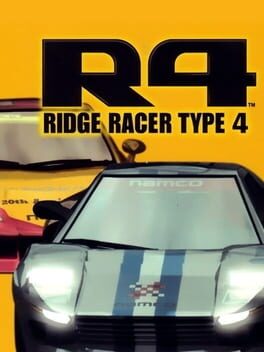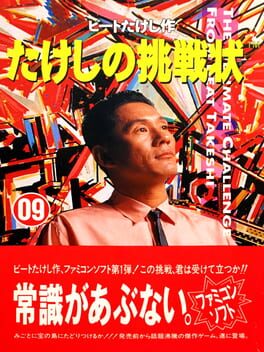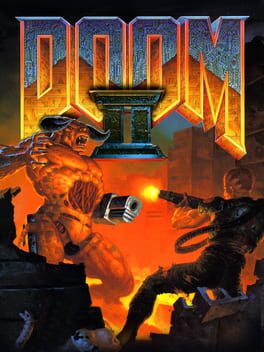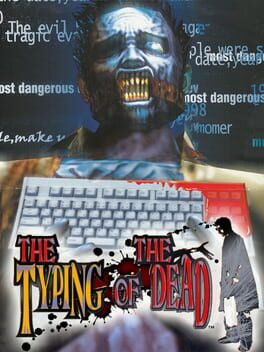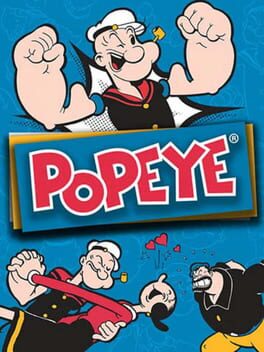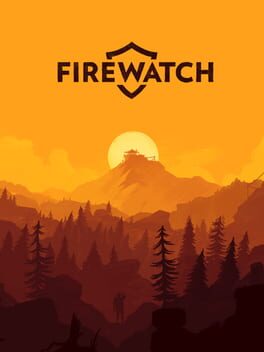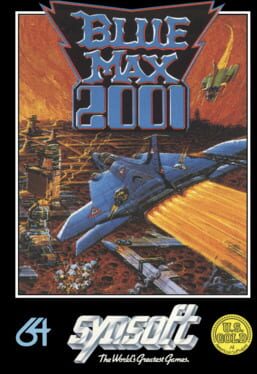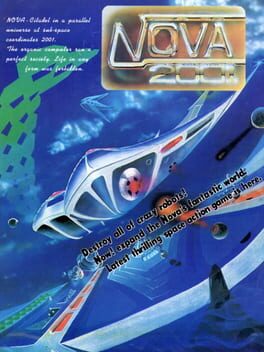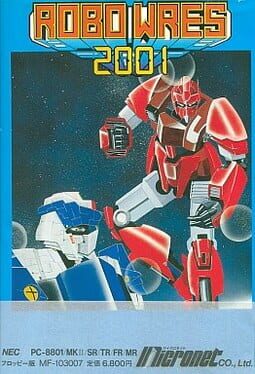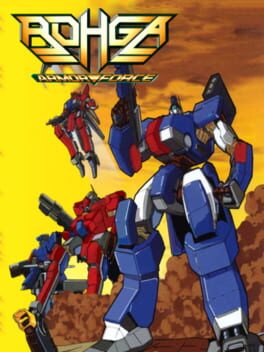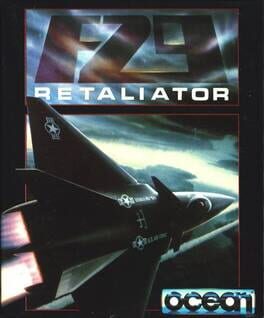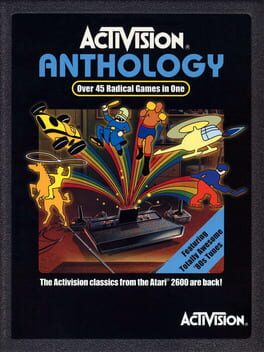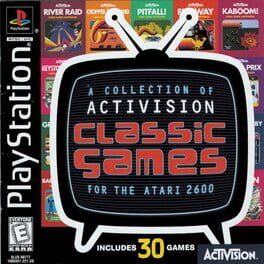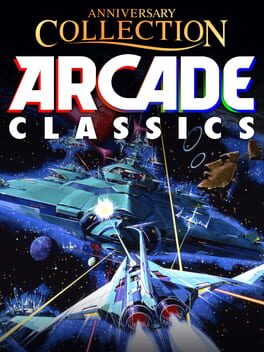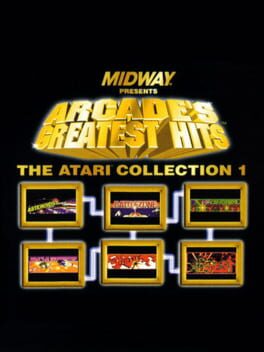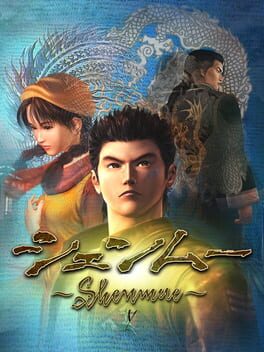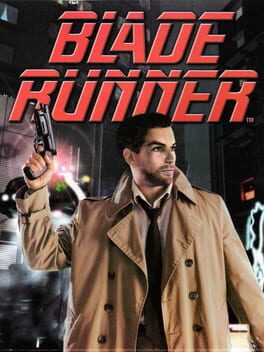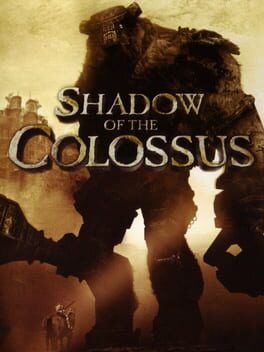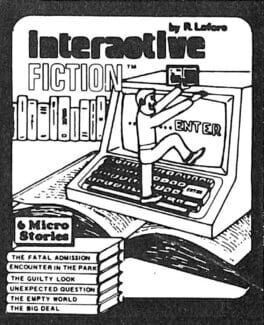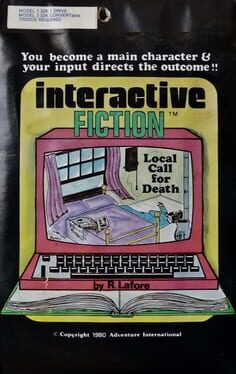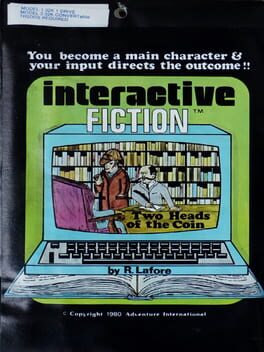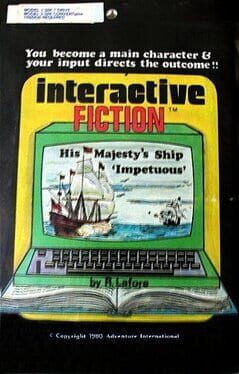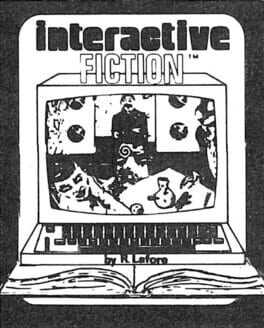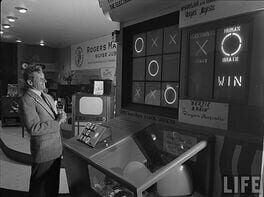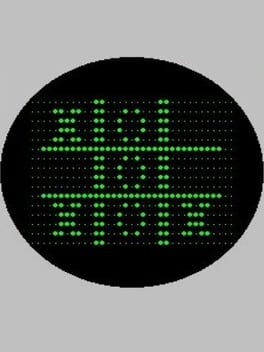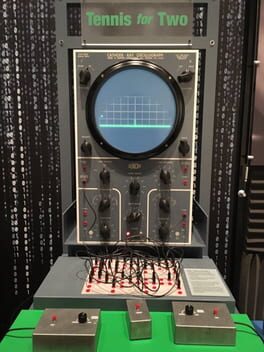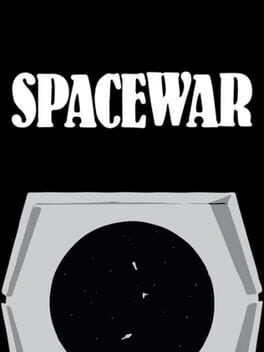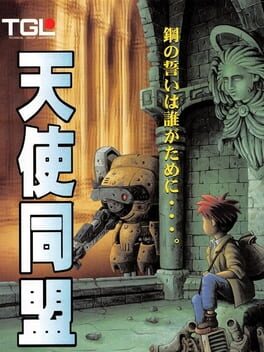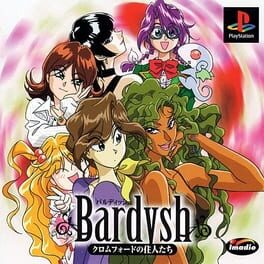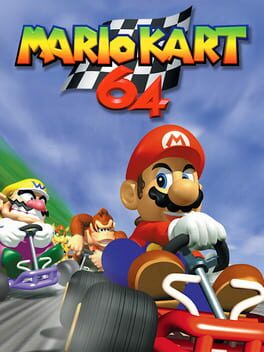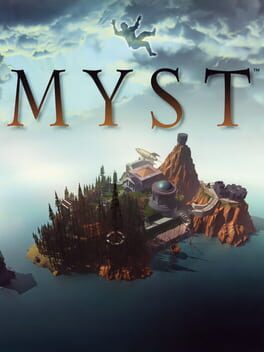psychological
43 reviews liked by psychological
Ridge Racer Type 4
1998
Can you feel the heat?
When the tires kiss the street
Move into the beat
Ever since I learned about occlusion culling, a technique deftly handled by Naughty Dog with their first PlayStation 1 title, Crash Bandicoot, my appreciation for the more graphically stellar titles for the system was granted a new shade. It helped offer me a frame of reference (granted, of one of the more extreme use cases) for the necessity to obscure unneeded geometry to save what precious few resources the console could afford - as well as giving me something to mull over whenever I play a 3D PS1 game that looks suspiciously good. Much akin to Crash Bandicoot, racing games benefit from what is essentially a densely curated linear track. With limited camera movement, every attainable viewing angle can be accurately poured over by the designers, letting them carefully weigh up exactly how much they can get away with at every meter of game space. This is very apparent in visually stunning racing titles like Wipeout 3, Colin McRae Rally 2.0, and Need for Speed: High Stakes; their tracks are glutted with turns, verticality and obstacles that exist to obscure as much model pop-in as possible, and offer a new piece of visual stimuli at every turn. This has a knock-on effect for how these tracks are actually driven on, too. Track designers are by necessity discouraged from long straightaways where the world noticeably phases into existence, and instead ensure that the player has very little if any downtime from cornering, maintaining a thrilling tempo that only stops when the chequered flag is waved. I say all this, because I really do miss the era where racing games were these hardware-defying explosions of style and skill, with enough big-money backing to allow the designers to let their perfectionism and neuroses get tangled in the engine’s crankshaft. I can only go in a straight line down a massive realistic unreal engine map for so long.
Anyway. Ridge Racer Type 4 is a Swiss watch. One of very, very few games I’d describe as “meticulous”. Every one of its moving parts serves a key purpose in its grand design. Its mechanisms are the result of painstaking consideration for the most minute details. Built to last, and never lose its sheen. The only game my dad likes (real). It all just moves & breathes with this air of confidence and romance, exemplified by the way the penultimate setpiece is the final lap taking place at the exact turn of the millennium - a genuinely affecting gesture to barrel through doubt and seize your future by any means.
One thing I’m particularly taken by is the overall stylistic presentation of Type 4. Among the first things you see upon loading it up are the game’s signature tail/headlight afterglows leaving trails across the screen. The preamble at the start of this review was for no reason other than the fact that R4 actualises the PS1. Its environments use every trick in the book with a healthy serving of incredible models & baked-in textures to make the world feel rich beyond the scope of the road. The game’s UI alone is worth studying for its consistent use of very few colours, empty-space and minimalist decoration (every game needs a "PLEASE" in the corner at all times). In establishing a universe that seemingly exists solely for the purpose of racing fictional cars around the fictional Ridge City, the developers at Namco have populated the series with a mountain of logos, icons, banners, signs, patterns, manufacturers, liveries and colour palettes. They work to establish the curves, hills and tunnels as very real places with a history all their own. How did Wonderhill get its name? Why is it called Shooting Hoops? Where are these places in Ridge City and how do they fit into the Ridge Racer universe?
Look at the Helter Skelter track’s logo, for instance. One of the things I enjoy about this logo is its deceptively simple construction that results in a complex visual illusion of sorts. Essentially, the structure is a series of circles that reduce in size from top to bottom. The circles do not change shape in the slightest, only in scale, and by removing their intersections and filling in some minor spaces to complete the shape, is this illusion achieved. It harkens to the track’s multi-levelled nature, conveying a sense of movement as you rapidly weave through overpasses and underground tunnels w/ the ferocity of a hurricane.
The whole game is like this. A veritable archive of mindful audio, visual and game design, of weapons-grade artistic talent. Beyond aspirational and genuinely medium affirming.
When the tires kiss the street
Move into the beat
Ever since I learned about occlusion culling, a technique deftly handled by Naughty Dog with their first PlayStation 1 title, Crash Bandicoot, my appreciation for the more graphically stellar titles for the system was granted a new shade. It helped offer me a frame of reference (granted, of one of the more extreme use cases) for the necessity to obscure unneeded geometry to save what precious few resources the console could afford - as well as giving me something to mull over whenever I play a 3D PS1 game that looks suspiciously good. Much akin to Crash Bandicoot, racing games benefit from what is essentially a densely curated linear track. With limited camera movement, every attainable viewing angle can be accurately poured over by the designers, letting them carefully weigh up exactly how much they can get away with at every meter of game space. This is very apparent in visually stunning racing titles like Wipeout 3, Colin McRae Rally 2.0, and Need for Speed: High Stakes; their tracks are glutted with turns, verticality and obstacles that exist to obscure as much model pop-in as possible, and offer a new piece of visual stimuli at every turn. This has a knock-on effect for how these tracks are actually driven on, too. Track designers are by necessity discouraged from long straightaways where the world noticeably phases into existence, and instead ensure that the player has very little if any downtime from cornering, maintaining a thrilling tempo that only stops when the chequered flag is waved. I say all this, because I really do miss the era where racing games were these hardware-defying explosions of style and skill, with enough big-money backing to allow the designers to let their perfectionism and neuroses get tangled in the engine’s crankshaft. I can only go in a straight line down a massive realistic unreal engine map for so long.
Anyway. Ridge Racer Type 4 is a Swiss watch. One of very, very few games I’d describe as “meticulous”. Every one of its moving parts serves a key purpose in its grand design. Its mechanisms are the result of painstaking consideration for the most minute details. Built to last, and never lose its sheen. The only game my dad likes (real). It all just moves & breathes with this air of confidence and romance, exemplified by the way the penultimate setpiece is the final lap taking place at the exact turn of the millennium - a genuinely affecting gesture to barrel through doubt and seize your future by any means.
One thing I’m particularly taken by is the overall stylistic presentation of Type 4. Among the first things you see upon loading it up are the game’s signature tail/headlight afterglows leaving trails across the screen. The preamble at the start of this review was for no reason other than the fact that R4 actualises the PS1. Its environments use every trick in the book with a healthy serving of incredible models & baked-in textures to make the world feel rich beyond the scope of the road. The game’s UI alone is worth studying for its consistent use of very few colours, empty-space and minimalist decoration (every game needs a "PLEASE" in the corner at all times). In establishing a universe that seemingly exists solely for the purpose of racing fictional cars around the fictional Ridge City, the developers at Namco have populated the series with a mountain of logos, icons, banners, signs, patterns, manufacturers, liveries and colour palettes. They work to establish the curves, hills and tunnels as very real places with a history all their own. How did Wonderhill get its name? Why is it called Shooting Hoops? Where are these places in Ridge City and how do they fit into the Ridge Racer universe?
Look at the Helter Skelter track’s logo, for instance. One of the things I enjoy about this logo is its deceptively simple construction that results in a complex visual illusion of sorts. Essentially, the structure is a series of circles that reduce in size from top to bottom. The circles do not change shape in the slightest, only in scale, and by removing their intersections and filling in some minor spaces to complete the shape, is this illusion achieved. It harkens to the track’s multi-levelled nature, conveying a sense of movement as you rapidly weave through overpasses and underground tunnels w/ the ferocity of a hurricane.
The whole game is like this. A veritable archive of mindful audio, visual and game design, of weapons-grade artistic talent. Beyond aspirational and genuinely medium affirming.
Super Mario Land
1989
Terrible game. Barely anything about it is functional and it's filled to the brim with half-baked ideas that only exist because Takeshi Kitano was making this game under a mindset of "Oh shit, can I really add this into a game. I'm going to do that. Cool", sort of like how I used to make video games back in High School, but then most of the mechanics in of themselves just don't make any sense whatsoever.
But then it's also strangely memorable in a way if you look beyond the game, and it's just Kitano messing with people with his often dark and insane sense of humour - pretty much where this is just one giant shitpost, and it infamously garnered a reputation as a 'Kusoge' (Japanese for 'Shit Game'). This also acts as a weird bridge between Takeshi Kitano's lighthearted and rambling comedic persona in Takeshi's Castle - to his dark and nihilistic affair with movies such as Violent Cop (1989) and Sonatine (1993).
You don't have to play this game though. Just watch Videogamedunkey's review of it instead. He covers all the bases pretty well:
https://www.youtube.com/watch?v=ZkP-dlAgrsw
But then it's also strangely memorable in a way if you look beyond the game, and it's just Kitano messing with people with his often dark and insane sense of humour - pretty much where this is just one giant shitpost, and it infamously garnered a reputation as a 'Kusoge' (Japanese for 'Shit Game'). This also acts as a weird bridge between Takeshi Kitano's lighthearted and rambling comedic persona in Takeshi's Castle - to his dark and nihilistic affair with movies such as Violent Cop (1989) and Sonatine (1993).
You don't have to play this game though. Just watch Videogamedunkey's review of it instead. He covers all the bases pretty well:
https://www.youtube.com/watch?v=ZkP-dlAgrsw
Doom II
2019
Aaaaaaaaaaa it's so much fun! For one it's great feeling empowered by a skill that rarely gets to feel cool or flashy. Adding this kind of flair to typing is endlessly satisfying along with the gunshots on each key pressed.
The rail shooter underneath all this typing business is silly and overacted enough to be a great time, but the typing adds multiple extra layers which make it an absolutely wild experience. The game totally takes advantage of the disconnect between its rail shooter and typing game elements...while you're frantically hitting keys trying to keep up, what you're actually being prompted to type seeps in, but with no time for you to linger on it. Sometimes the words and phrases are complete nonsense and sometimes they're quotes, but it really shines when they're used to tell little stories between a few prompts. Sometimes it'll make fun of the player, saying if they finish typing that paragraph, they'll be alone for the rest of their lives, and sometimes it's strangely horny. When they aren't nonsense, the prompts are immature fun.
In addition, they do a great job of switching things up and making this more than just a test of typing speed. For instance, there are these quick thinking segments where you have to answer questions instead of just typing what's shown. The player has to constantly consider target priority throughout the game, which is probably what makes it still feel like a rail shooter at the end of the day. This was my biggest downfall, as I often started typing a sentence on an enemy in the back while several in the front would kick my ass. I love this shit.
First game played on my Thinkpad R52! :)
The rail shooter underneath all this typing business is silly and overacted enough to be a great time, but the typing adds multiple extra layers which make it an absolutely wild experience. The game totally takes advantage of the disconnect between its rail shooter and typing game elements...while you're frantically hitting keys trying to keep up, what you're actually being prompted to type seeps in, but with no time for you to linger on it. Sometimes the words and phrases are complete nonsense and sometimes they're quotes, but it really shines when they're used to tell little stories between a few prompts. Sometimes it'll make fun of the player, saying if they finish typing that paragraph, they'll be alone for the rest of their lives, and sometimes it's strangely horny. When they aren't nonsense, the prompts are immature fun.
In addition, they do a great job of switching things up and making this more than just a test of typing speed. For instance, there are these quick thinking segments where you have to answer questions instead of just typing what's shown. The player has to constantly consider target priority throughout the game, which is probably what makes it still feel like a rail shooter at the end of the day. This was my biggest downfall, as I often started typing a sentence on an enemy in the back while several in the front would kick my ass. I love this shit.
First game played on my Thinkpad R52! :)
Faceball 2000
1991
Faceball 2000
1991
You hear your mother and father arguing late one night again. This time, once it's over, they come into your room and tell you that none of what has been going on is your fault. After a few months of not knowing what is going on, you move out with your father to somewhere east in town. When you move into your new house, he offers to rent you any game in the nearest Blockbuster for your Super Nintendo Entertainment System. You see so many choices that entice your brain to the fullest extent of curiosity. You come across Super Mario All Stars + Super Mario World, the three original games for the Nintendo Entertainment System with brand new sixteen bit graphics, and the newest Mario game to date, Super Mario World. Next to it you see Donkey Kong Country, Nintendo's answer to the Gensis's Aladdin. Fully pre-rendered 3D models on the SNES, with the smoothest gameplay you have ever seen. But deep into the trenches of the store, you come across this game. You ask your father for it, and he kindly buys it for you. When you get home, you pop in the game and find your way into a 2 Player game. After a very rough couple of minutes, your father pauses the game. He looks sternly into your eyes and utters a few words. "The divorce was your fault"
Popeye
2021
Firewatch
2016
Ultimately this is hands down one of my favorite narratives across all media. The game plays more like an interactive movie(the core gameplay mechanic is walking from point A to point B) but in a way that's extremely moving. The voice acting is top notch, the art direction holds up fairly well in 2022 and it doesn't overstay it's welcome. If you're at all a fan of indies with a heart of gold, this should be on your backlog. Only downside is limited replayability. For any trophy/achivement hunters out there this is an extremely easy plat.
7 lists liked by psychological
by dirty_score |
104 Games
by Jamesbuc |
156 Games
by elmagochan |
500 Games
by MendelPalace |
203 Games
by MendelPalace |
321 Games
by SnobbishPuppet |
125 Games
by undertale |
297 Games
